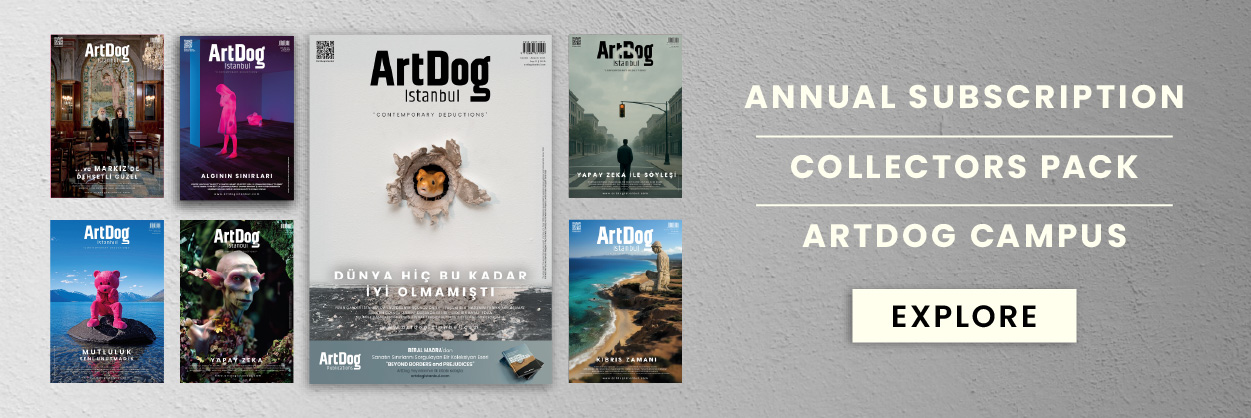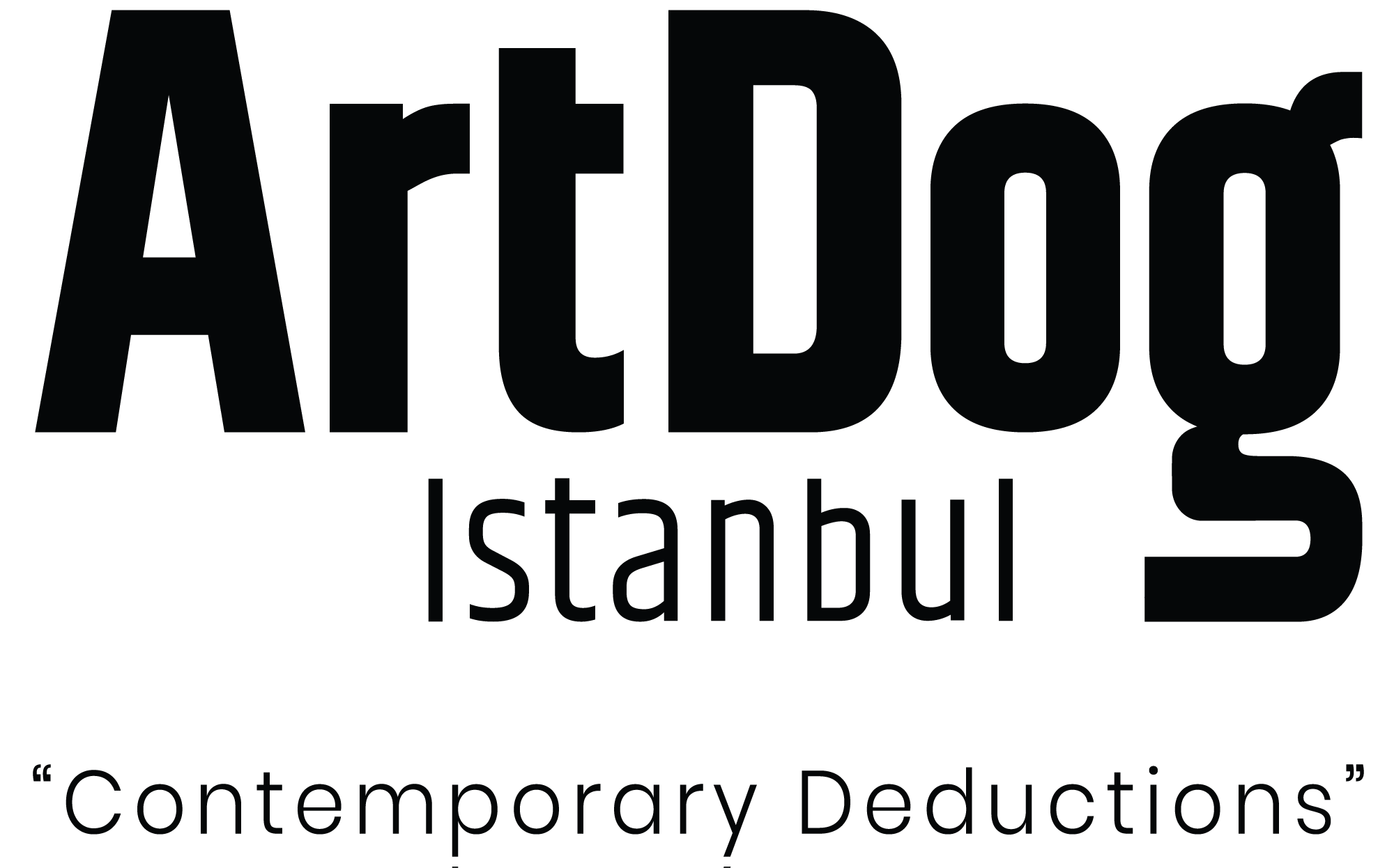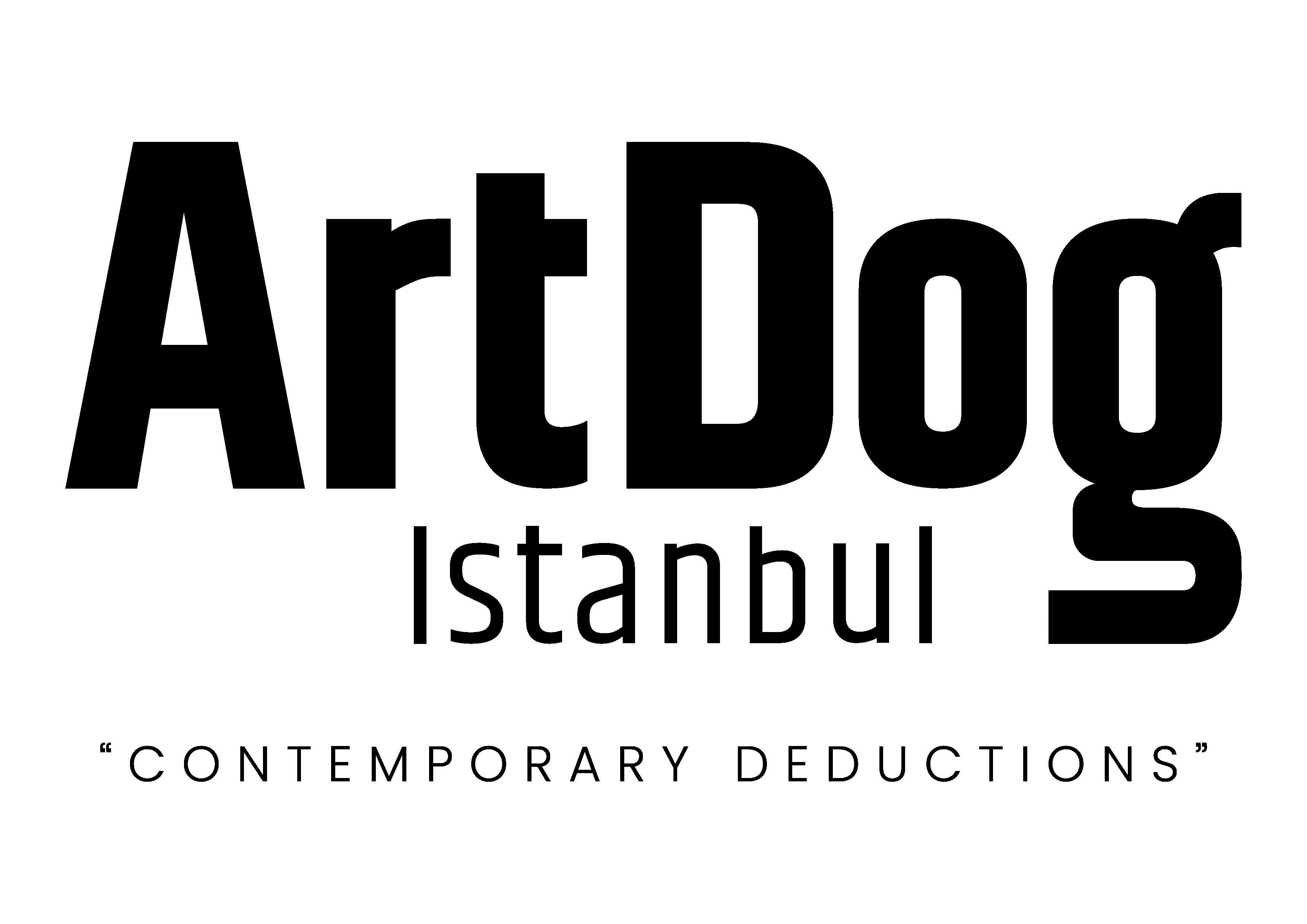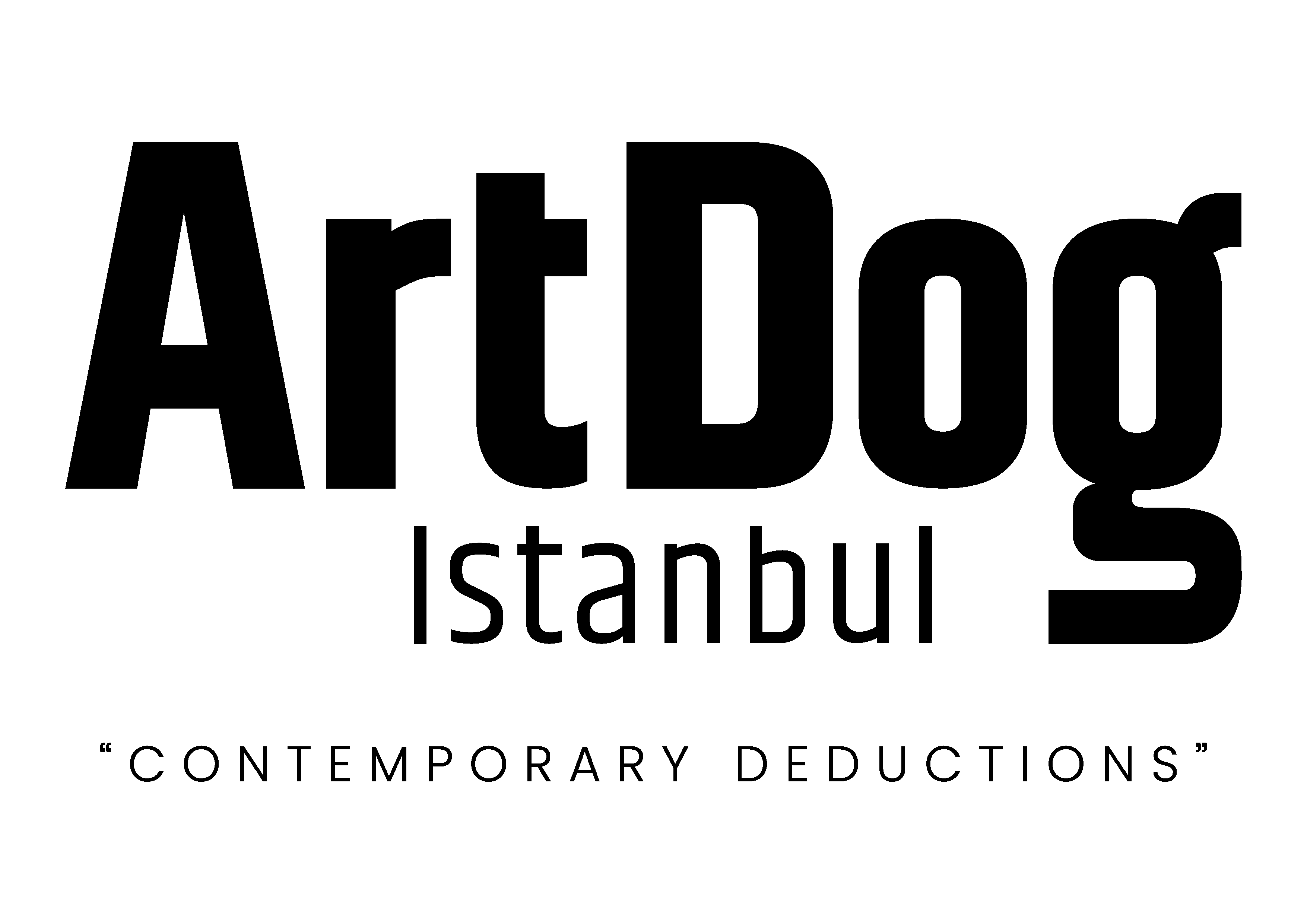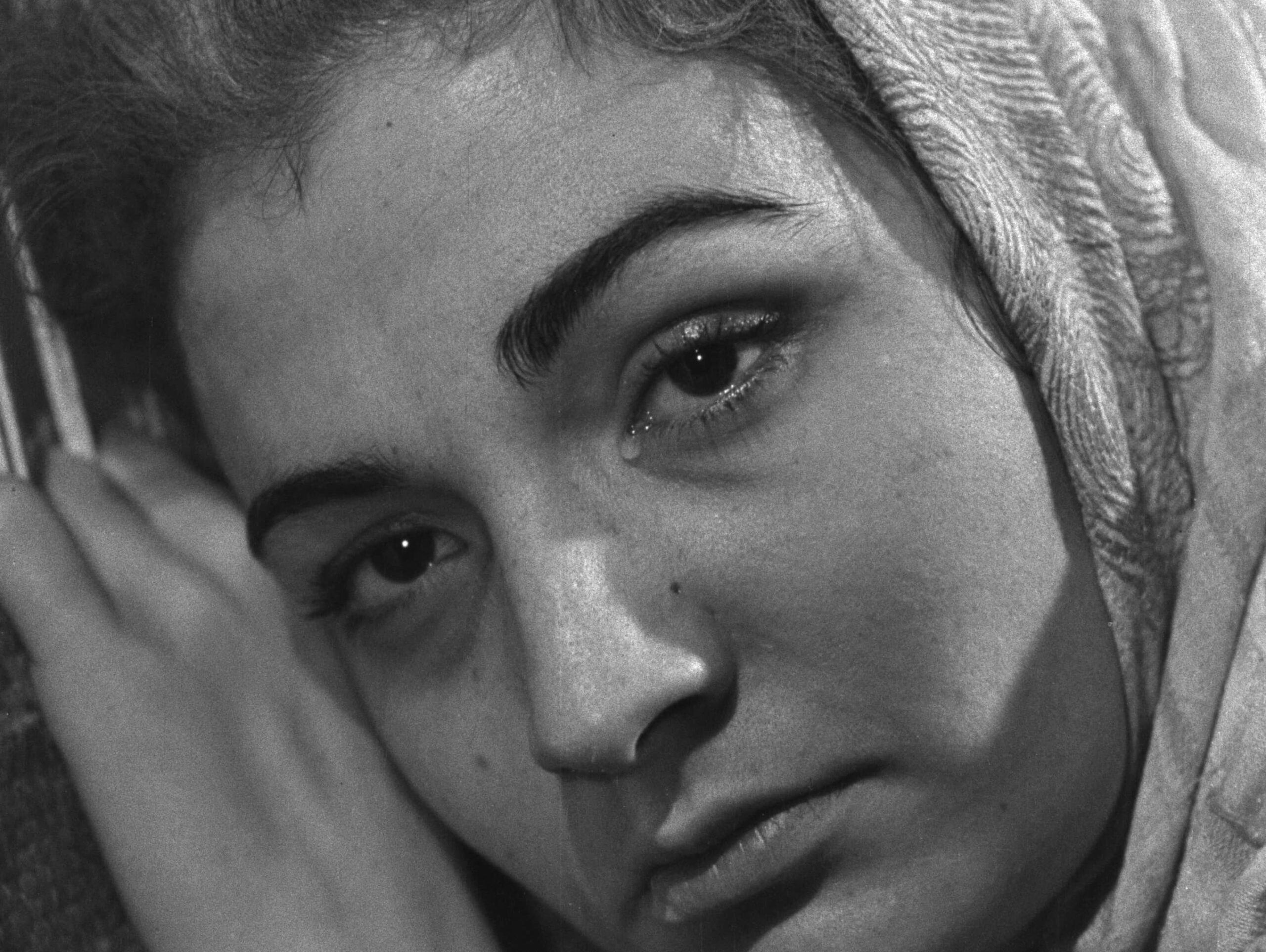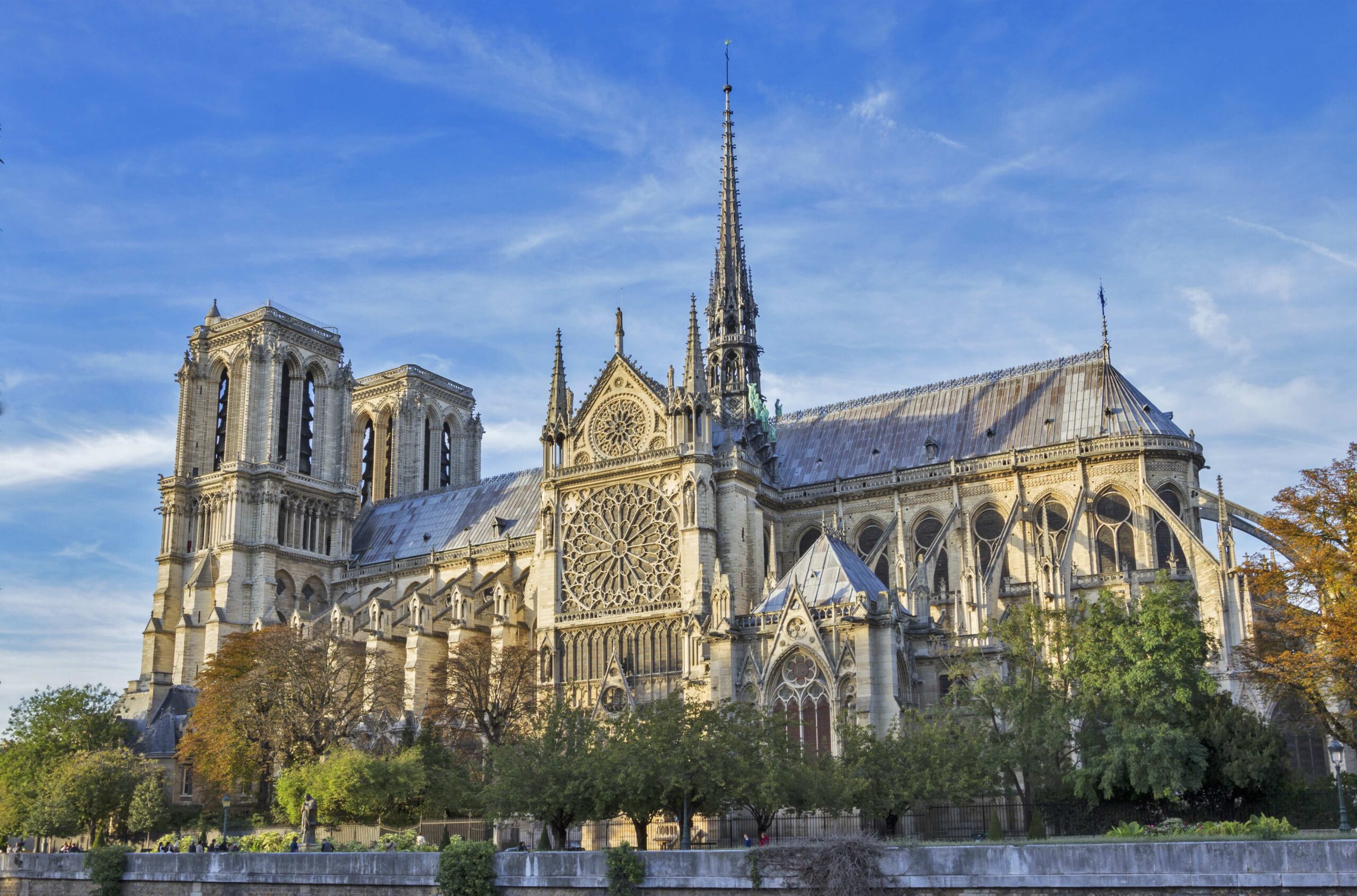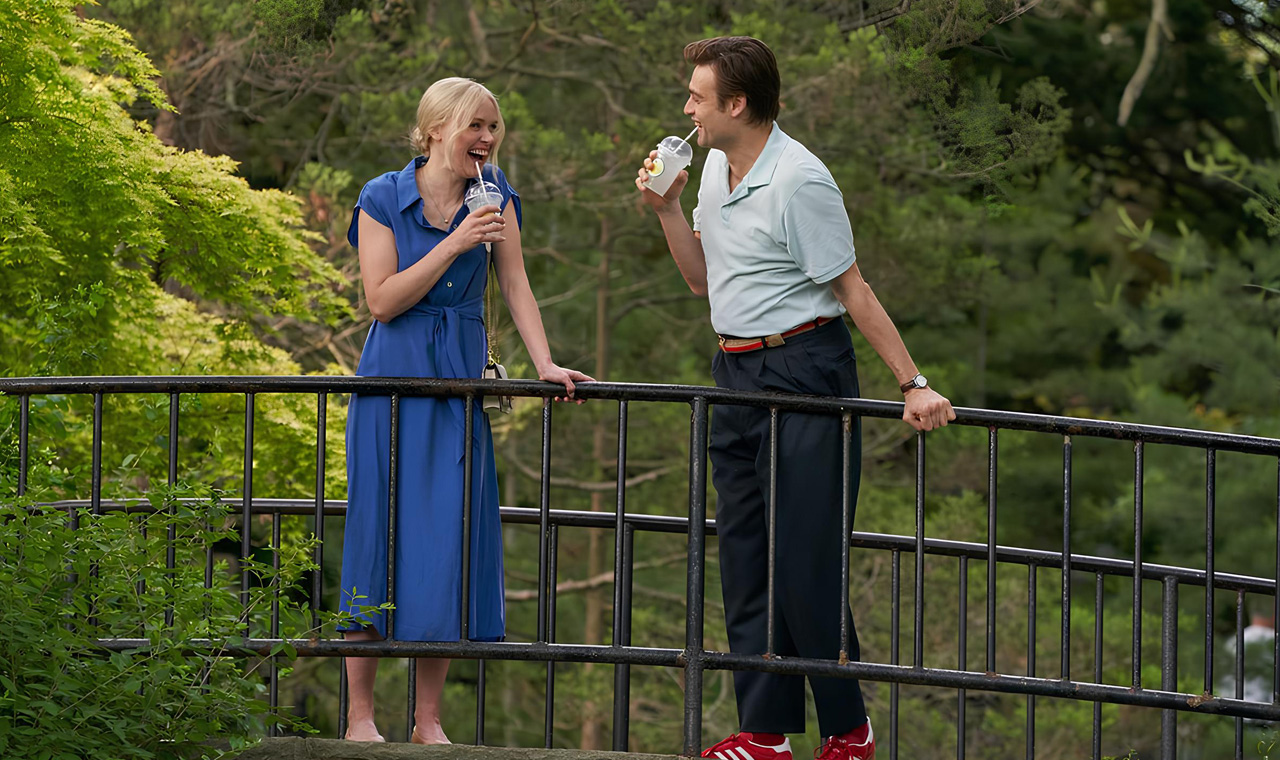Salt’s new exhibition, Daek World, an interdisciplinary research project by a visual artist and a screenwriter, investigates the intricate story of the film of the same title, directed by Metin Erksan and written by Bedri Rahmi Eyüboğlu, situating it within the cultural landscape of 1950s Turkey. It traces the narratives surrounding the film and the questions raised by altered versions, public debates, rumors, conflicting accounts, and archival materials.
Shot with a social realist perspective in the village of Sivrialan and the town of Ürgüp in rural Anatolia, the film portrays the life of Âşık Veysel, from his childhood to his emergence as a renowned folk poet, intertwined with a melodramatic love story. Yet the film’s narrative takes an unexpected turn after parts of the film were remade to align with the agricultural development and rural modernization policies of the period. The footage of combine harvesters in the Hudson fields—sourced from the United States Information Service, according to Erksan—along with constructed scenes of a village school and dispensary allegedly filmed on the outskirts of Istanbul, was used to present an idealized image of rural life. These additions sidelined Veysel’s life story and transformed the film into a vehicle for propagating official ideology. Among the reasons behind this shift are the censorship rulings issued by the Central Film Control Commission in Ankara, documented in three reports dated between December 1952 and November 1953. Although the reports did not explicitly state which scenes needed to be censored, they pointed to a broader concern about portraying an idealized vision of society. Following edits made by the producer, Atlas Film, the reworked version was eventually premiered on December 31, 1953, under the title Âşık Veysel’in Hayatı [The Life of Âşık Veysel]. The production process, commercial interests, and ideological tensions turned the film into an eclectic work whose entire character shifted in tandem with its title.
Today, the original film and parts of its story remain elusive. What survives is a disjointed montage, deleted or added scenes, audio disruptions, silences, and narratives built around them. The pre-censored cut and the premiered version are still unknown, while the copies in circulation differ somewhat in sound, image, and editing. Adding to this fragmented legacy is a 35mm nitrate print, recently discovered in the archive of Mimar Sinan Fine Arts University Prof. Sami Şekeroğlu Cinema and Television Center, which includes footage unearthed for the first time.
The exhibition is built on extensive research by artist Mike Bode and screenwriter Caner Yalçın, approaching the film not as a coherent narrative but as a material object shaped by cultural, political, and historical forces. Here, archival material is treated as something that can be reactivated through artistic processes. A selection of research material and a series of video installations are accompanied by a script that follows the interventions and alterations the film has undergone, as well as divergences between existing copies. Rather than attempting to reconstruct the original version of the film, the exhibition opens up multiple trajectories through which to examine the operative logics of censorship, the conditions of the film’s production, and the ideological apparatuses that informed its circulation and reception.

